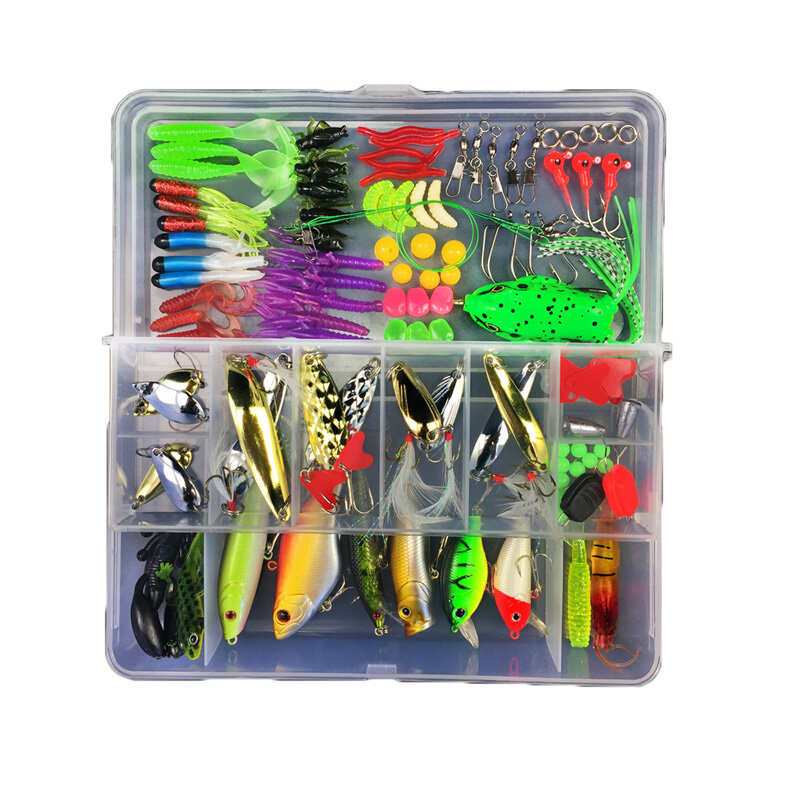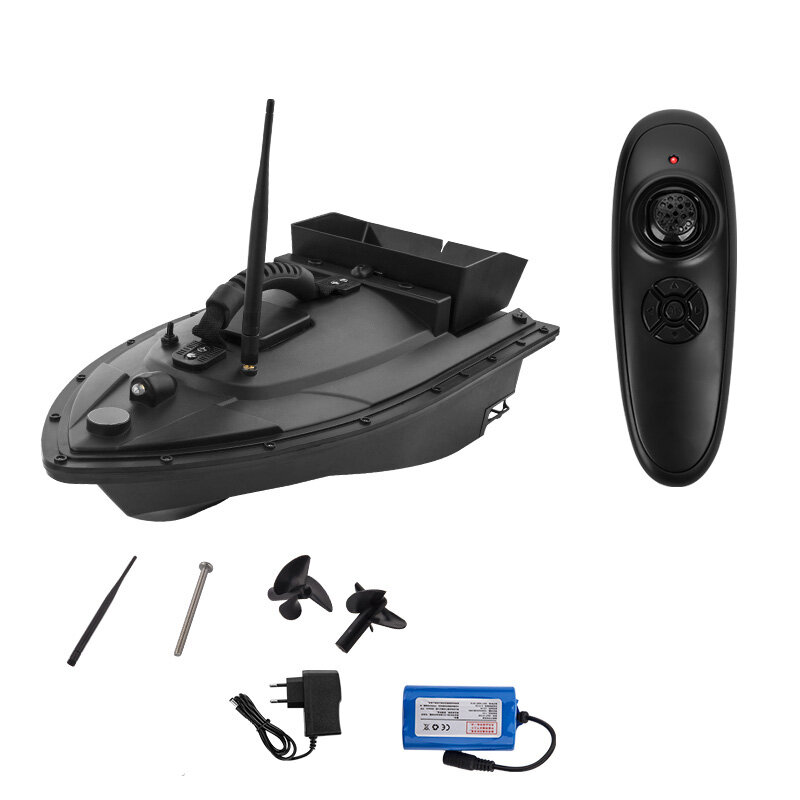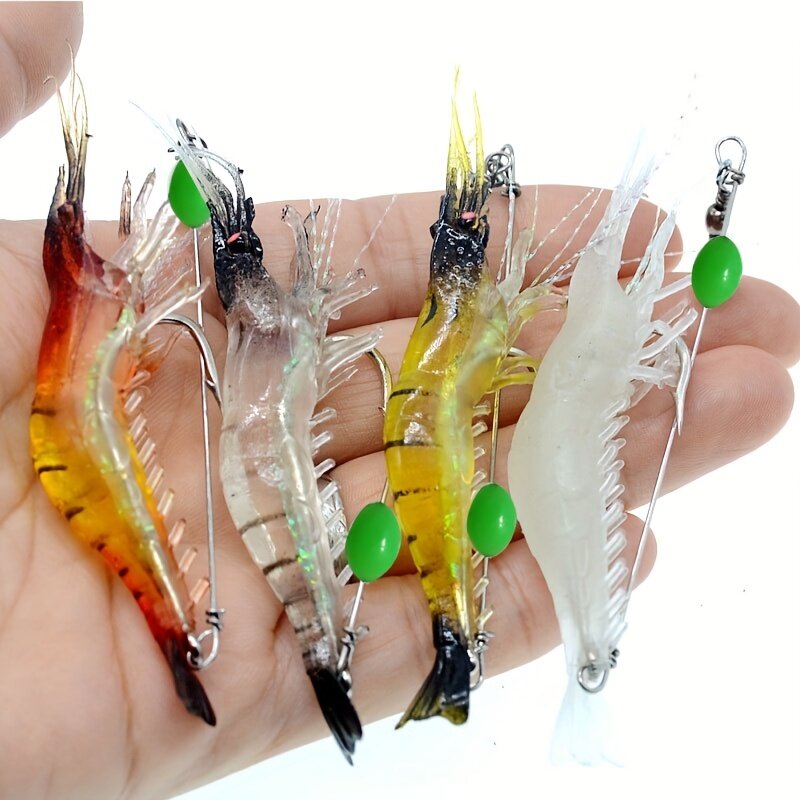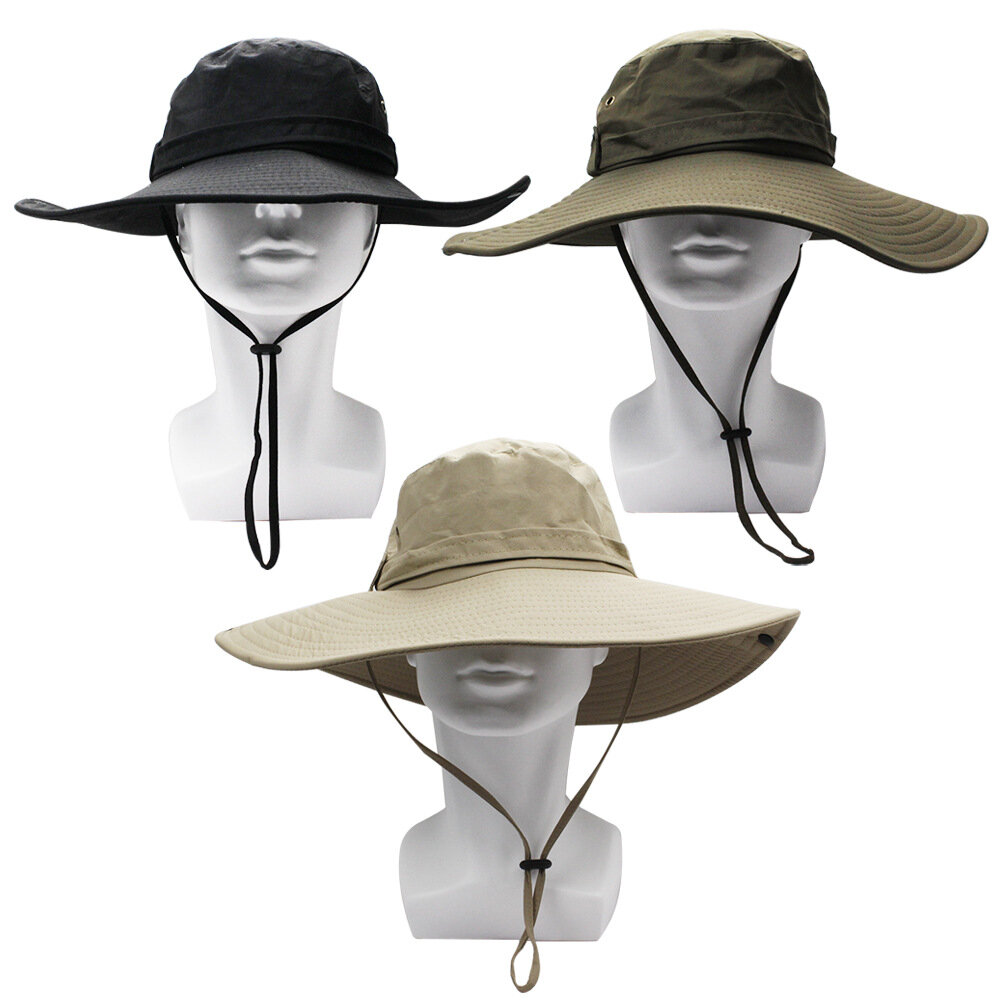Fishing hooks, seemingly modest in size yet monumental in importance, are the linchpin between a relaxing day by the water and a thrilling battle with aquatic prey. These small, unassuming devices come in a plethora of shapes, sizes, and materials, each designed to serve a specific purpose. Whether you’re a novice angler or a seasoned pro, understanding the nuances of fishing hooks is crucial for a successful and enjoyable fishing experience.
The Anatomy of a Hook:
Before delving into the diverse world of fishing hooks, it’s essential to understand their basic components. A typical fishing hook comprises several key parts:
- Point: The sharp end that penetrates the fish’s mouth.
- Barb: The backward-facing projection that prevents the hook from easily coming out of the fish’s mouth.
- Eye: The loop at the top where the fishing line is attached.
- Shank: The straight part between the eye and the bend.
- Bend: The curved portion that determines the hook’s gap.
- Gap: The distance between the shank and the point, crucial for hooking the fish effectively.
- Throat: The angle between the shank and the point, influencing the hook’s ability to penetrate.
Types of Fishing Hooks:
- Single Hooks: These are the most common type of hooks, featuring a single point and barb. They come in various sizes suitable for different fish species and fishing techniques.
- Treble Hooks: Equipped with three points, treble hooks are excellent for lures. They increase the chances of hooking a fish when it strikes, making them popular for anglers targeting aggressive predators like pike and muskie.
- Circle Hooks: Circle hooks have a unique circular shape and are designed to hook the fish in the corner of the mouth, minimizing internal damage. They are often used in catch-and-release fishing.
- J-Hooks: J-hooks are shaped like the letter “J” and are versatile for various fishing methods. They are effective for both live and artificial bait and come in an array of sizes.
- Offset Hooks: These hooks have a slightly bent shank, allowing for better hooking rates when using soft plastic baits like worms. The offset design helps the point penetrate easily.
Choosing the Right Hook:
- Consider the Fish Species: Different fish have different mouth structures. For example, fish with bony mouths like bass require sharper hooks, while fish with softer mouths like catfish benefit from hooks with wider gaps.
- Matching the Bait: The size and type of bait you’re using dictate the hook size. Small baits require smaller hooks to appear natural, while larger baits need bigger hooks for effective hook sets.
- Understanding Fishing Techniques: Hooks vary based on the fishing technique. For instance, fly fishing demands specialized hooks, while trolling might require sturdy, corrosion-resistant hooks for saltwater use.
- Be Mindful of Regulations: Some regions have regulations regarding the type and size of hooks that can be used. Always check local fishing guidelines to ensure compliance.
In essence, fishing hooks are not one-size-fits-all. They are specialized tools designed to cater to the diverse needs of anglers pursuing a wide range of fish species and employing various techniques. By understanding the intricacies of fishing hooks and selecting the right one for your specific purpose, you can significantly enhance your chances of a successful and satisfying fishing adventure. So, the next time you cast your line, remember that the tiny hook at the end of it plays a monumental role in the thrill of the catch.






